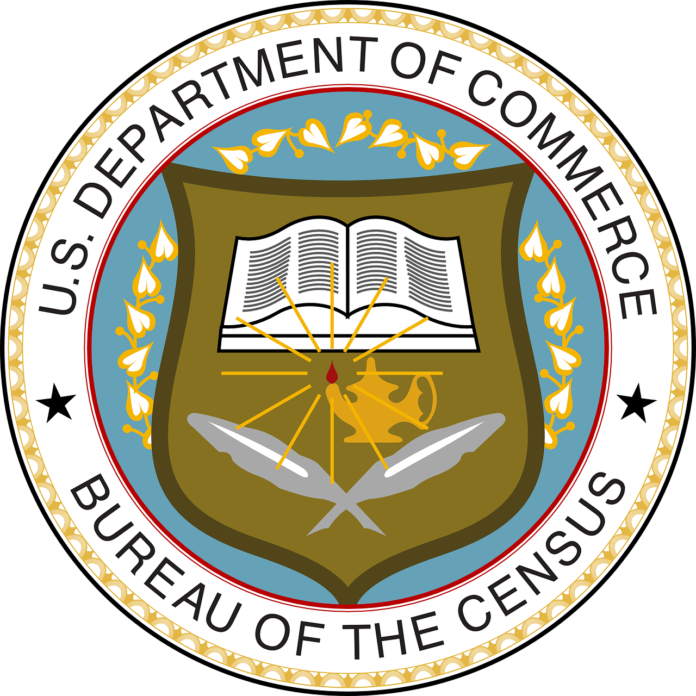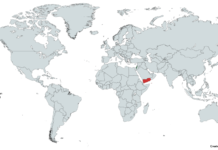Since its inauguration under the U.S. Constitution in 1790, the U.S. census, which is held every decade, has experienced an impressive evolution. Initially focused solely on population counting, the census has progressively expanded its purpose to provide comprehensive information on diverse aspects of the nation’s population and economy.
Throughout the nineteenth century, the decennial census experienced a steady evolution, broadening its scope considerably. As the twentieth century commenced, census-taking developed into an extensive process that documented more than just demographic information; it collected a broad variety of information on topics such as agriculture and the economy. The management and processing of this expanding wealth of data led to the establishment of the temporary Census Office, which operated continuously for several decades following the 1880 and 1890 censuses.
Congress took decisive action on March 6, 1902, by proposing a bill that would establish a permanent Census Office under the Department of the Interior. This was done to recognize the increased complexity and importance of the decennial census. As a result, the US Census Bureau was founded and led by William Rush Merriam on July 1, 1902.
In 1903, the Census Office found a permanent residence in the freshly formed Department of Commerce and Labor, remaining in this location when the Department of Commerce was established as an independent entity in 1913.









